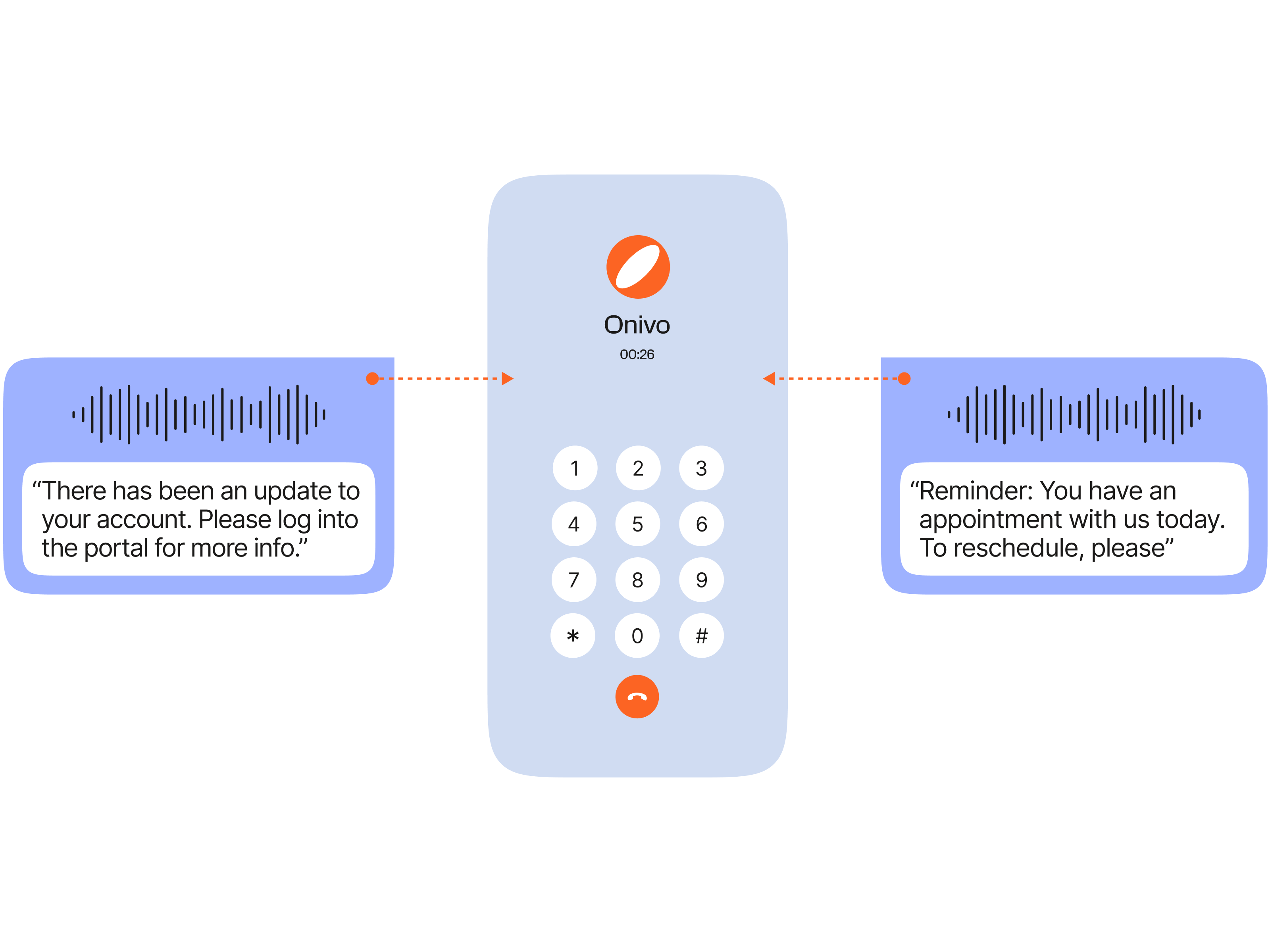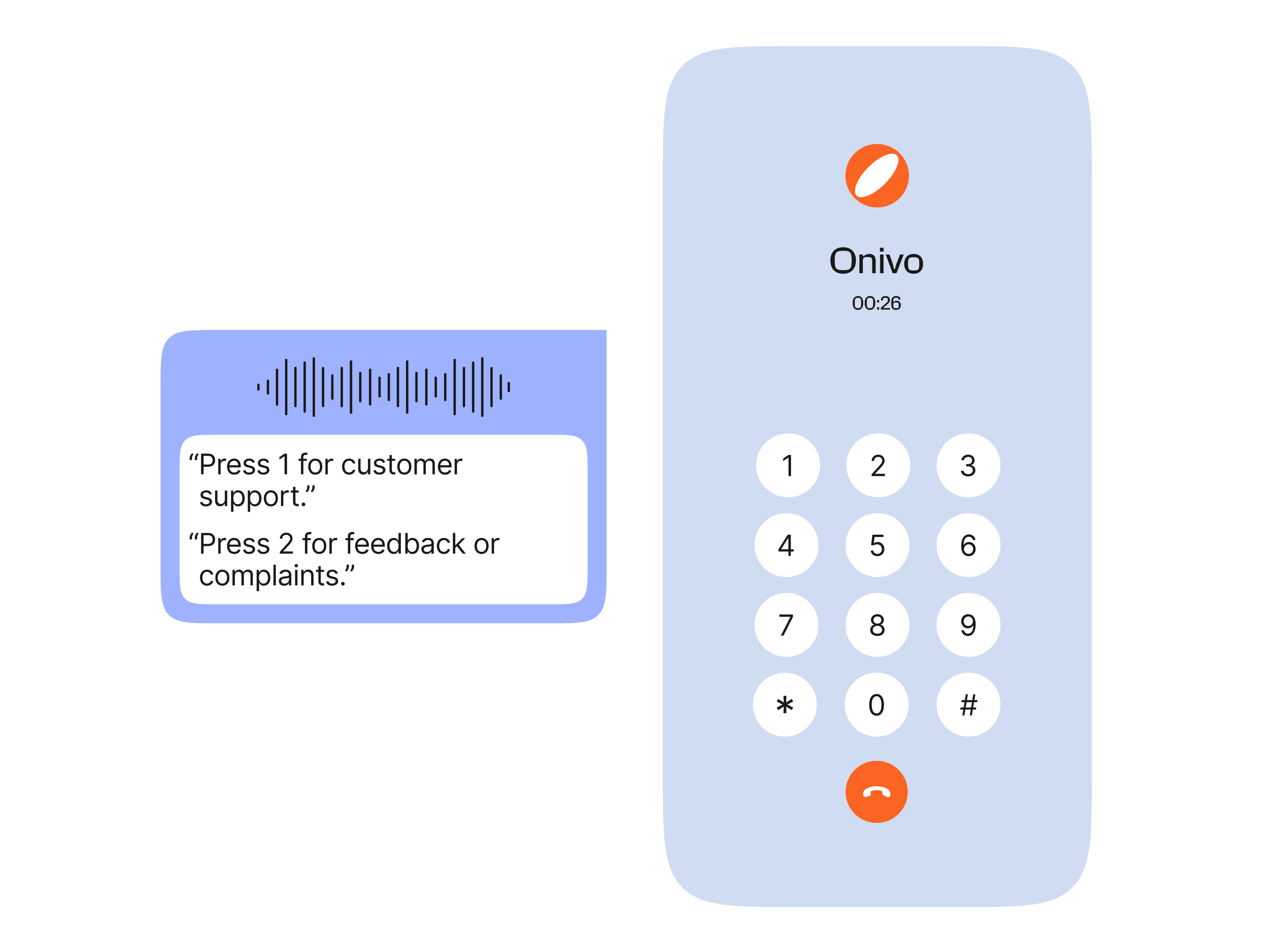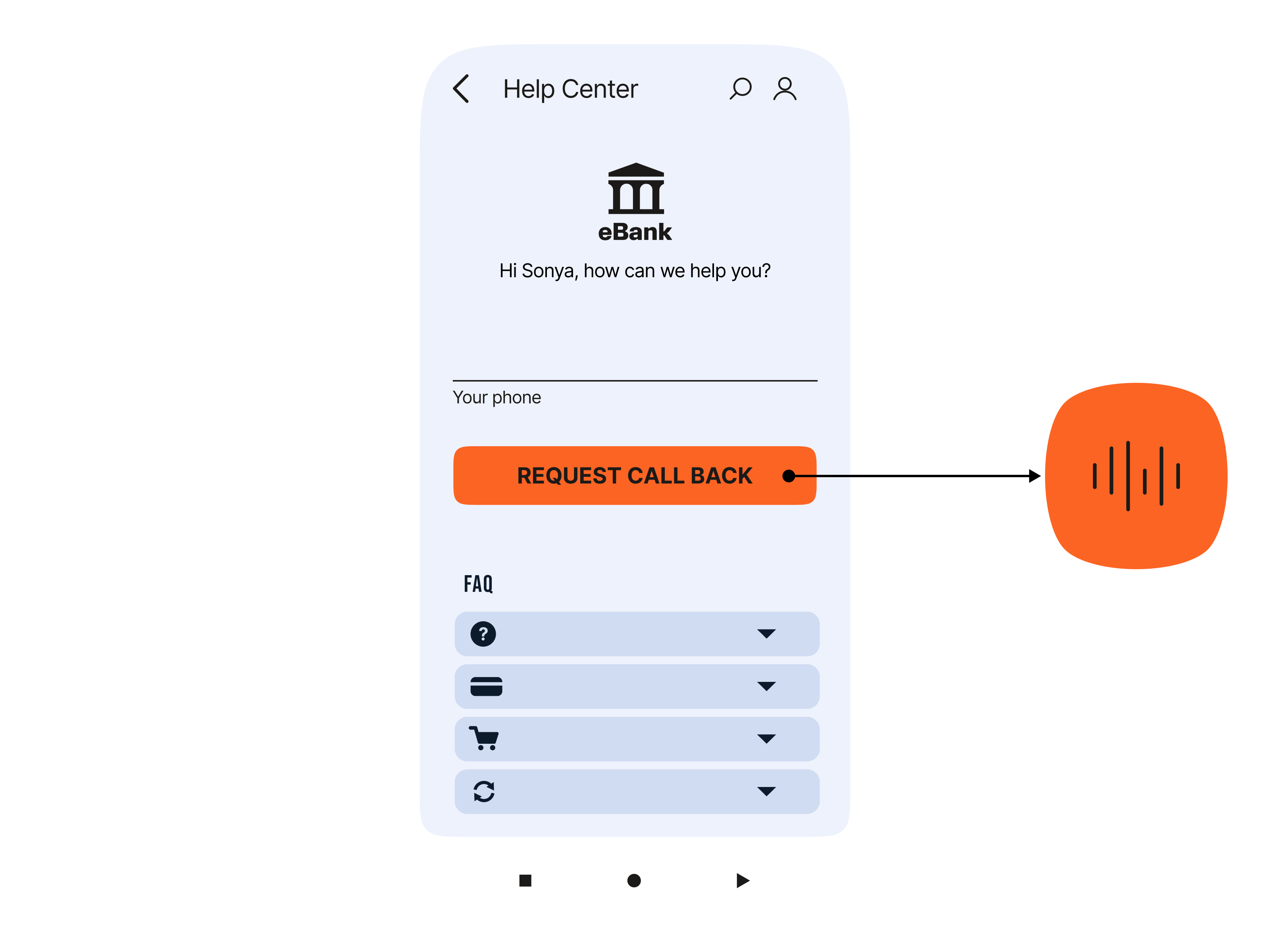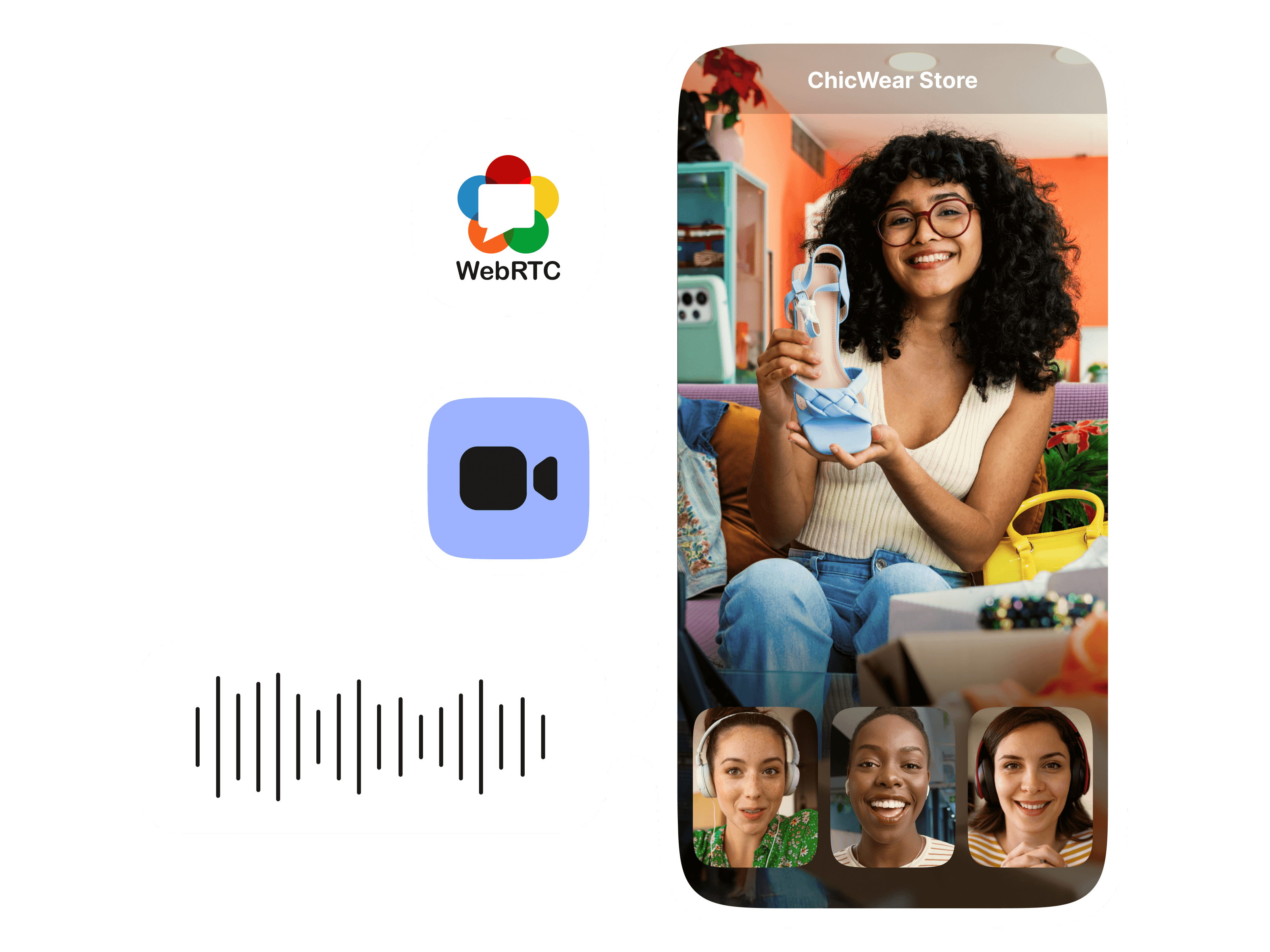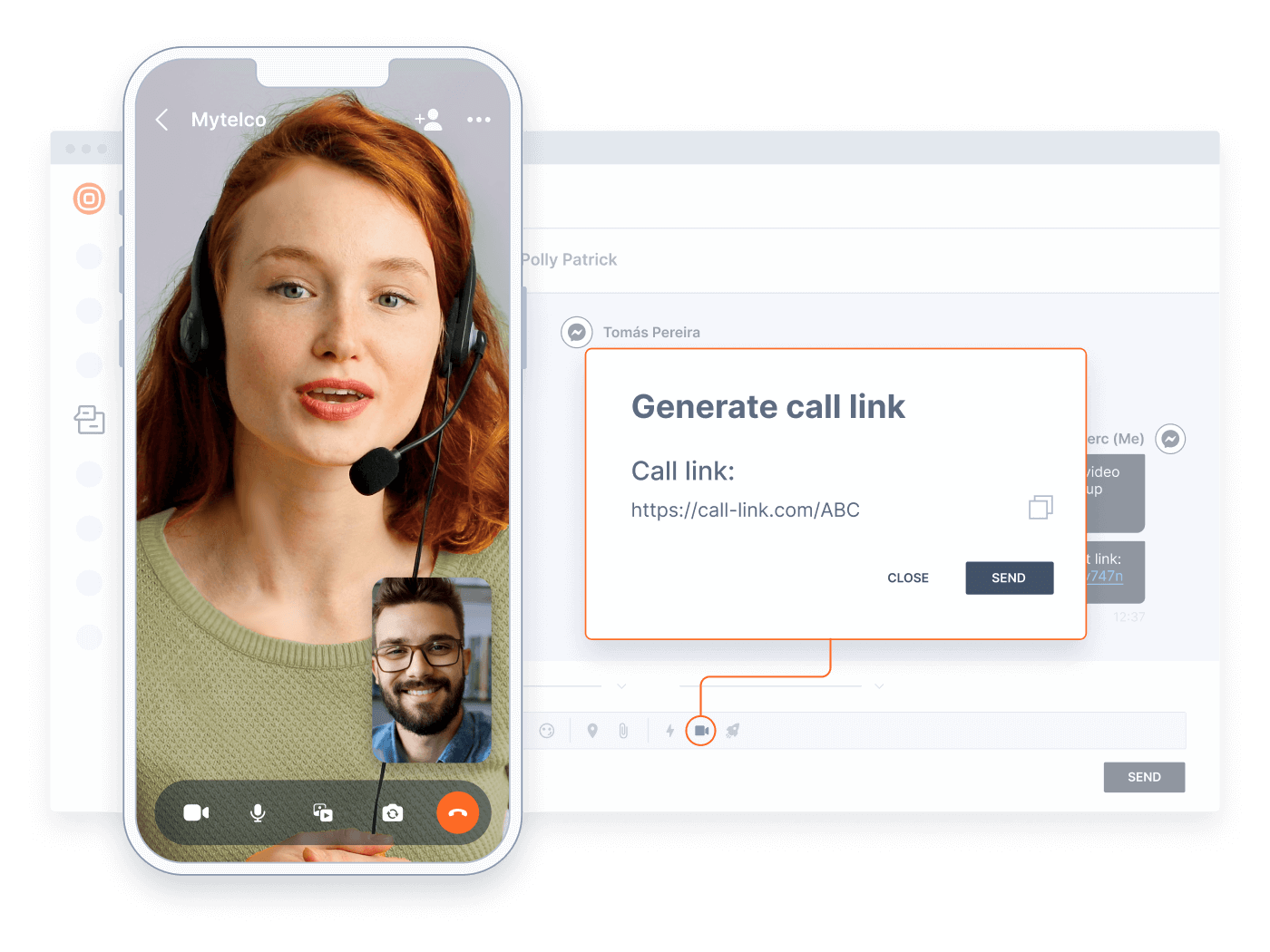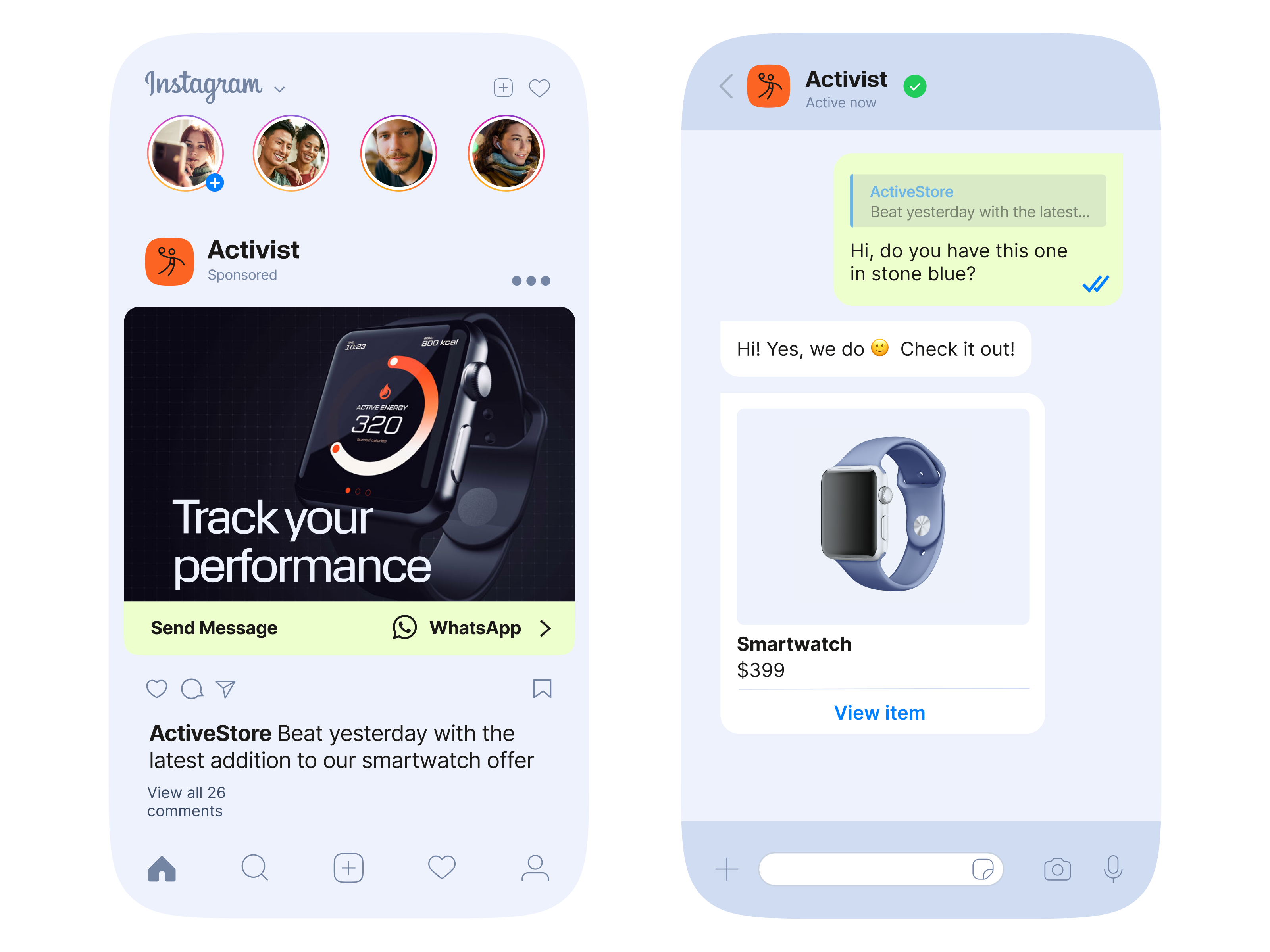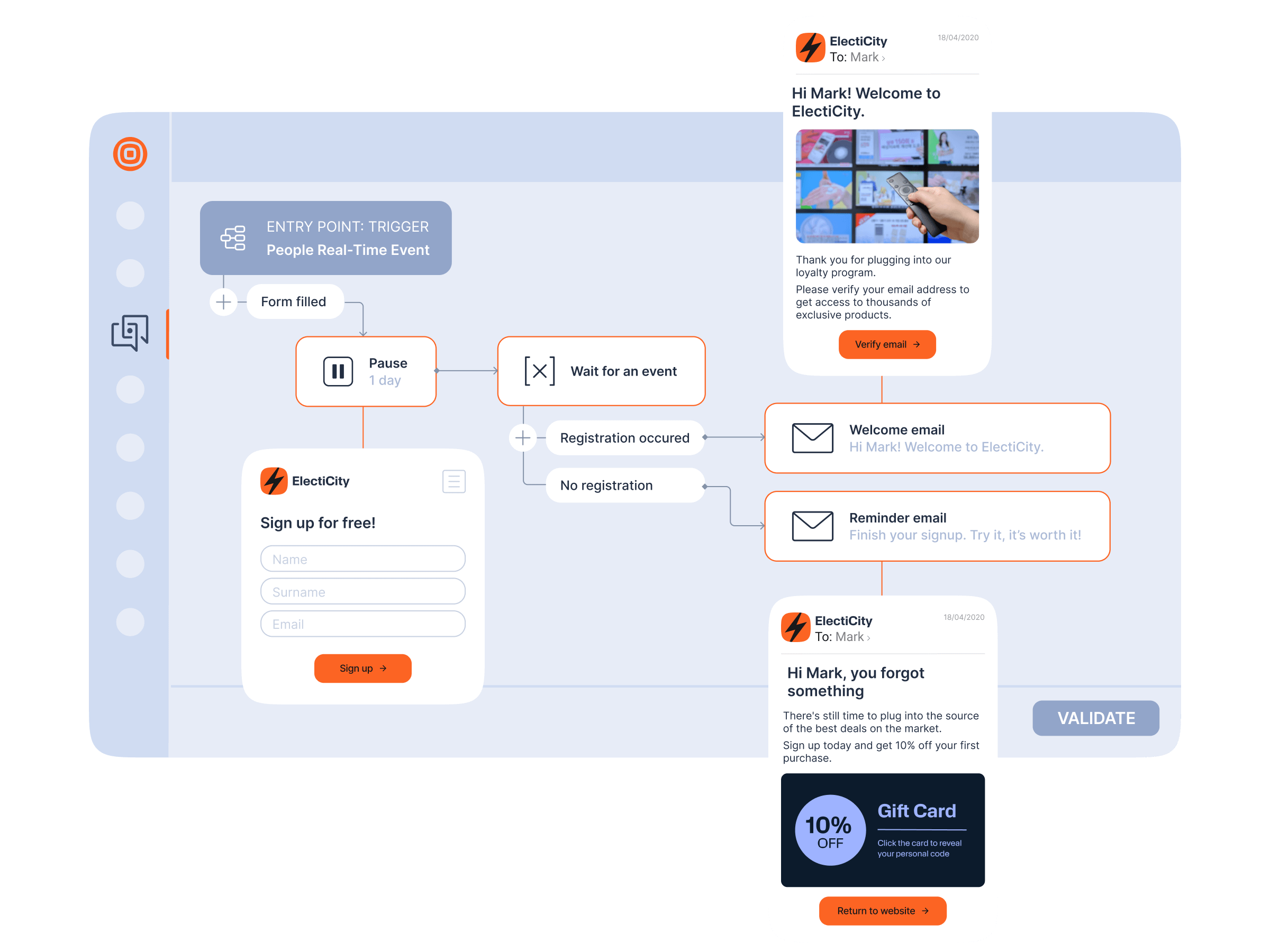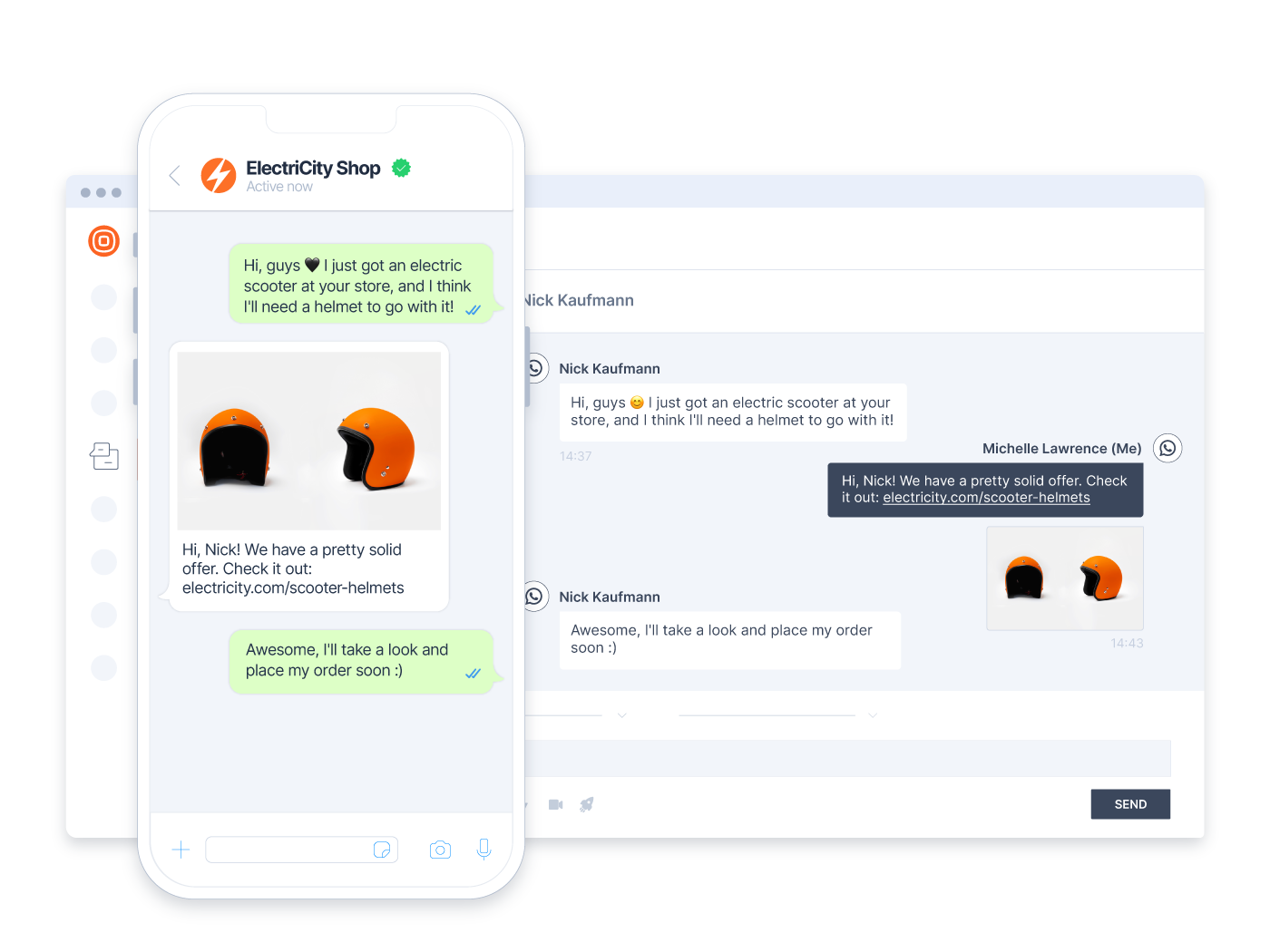Enhance every call with Infobip Voice
Don’t just connect—engage. Infobip Voice helps you create trust and deliver impactful experiences with every call.







Powering global voice communication
+100 bn
minutes processed annually
195
countries covered for voice
300
voice connections globally
49
states covered for CLEC license
3.5K
voice customers globally
98%
US coverage on our network
The world’s most comprehensive direct connection network
Expand your reach with Infobip Voice’s unrivalled global connectivity, built to excel even in hard-to-reach or highly regulated markets—so you can connect with existing customers worldwide and effortlessly enter new ones.
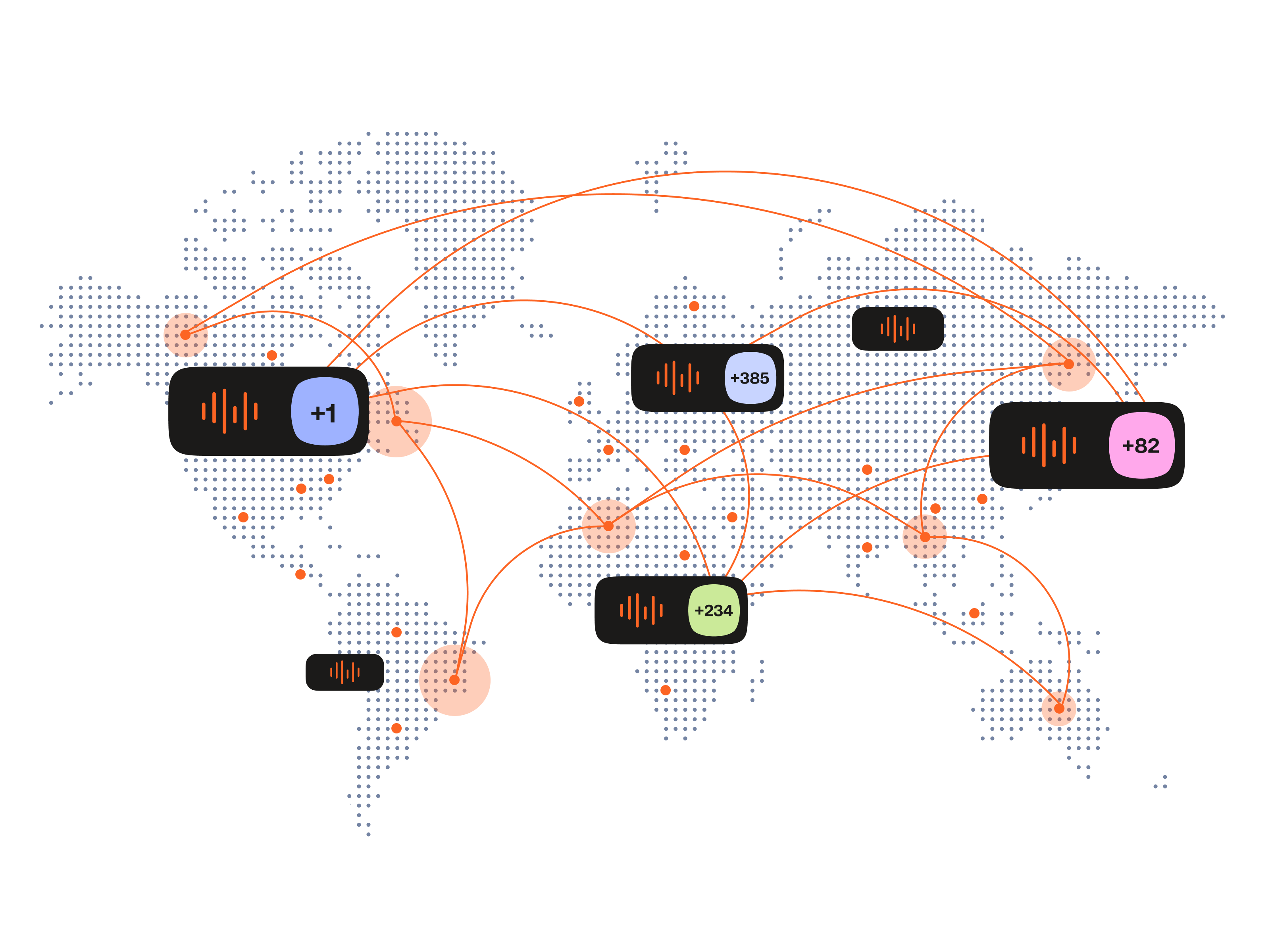

Compliance
Deliver secure, high-quality calls with our low-latency, redundant network—built for compliance with FCC STIR/SHAKEN and GDPR standards.
With CNAM and Branded Calling, enhance trust and stay connected, compliant, and protected.
Enhance customer journeys with voice solutions
Embed pre-made Voice scenarios
Launch low-code Voice scenarios and get to market faster.
Build and fine-tune a voice experience that fits your customers
Recording
Record voice conversations with end users and save them for future reference or training purposes.
Answering machine detection
Automatically detect when an answering machine picks up a voice call to avoid paying for interactions that did not reach a customer.
TTS and STT
Automatically convert text to speech and voice to text to power alerts, support, and self-service in 100+ languages.
Conferencing
Add multiple people to a voice call easily and ensure all parties are involved in the right conversations.
Media streaming
Stream audio from any call to external systems using WebSocket and enable audio filtering or NLP processing of your calls.
Voice Solutions for Every Channel
Infobip is a great partner because of their ability to keep up with our global growth and provide the type of service we need to meet our users’ demands.
Yoon Jung
Procurement Manager at UBER
What we see, on the other hand, is a culture very similar to ours. A culture that tries to help and tries to understand the problem. They are not just engineers who are dedicated to looking at coding to see if it works or not. They talk to us to see how we can help and where the problem is, trying to understand things together.

Rodrigo Magallanes
Director of Customer Experience, Mercado Libre









